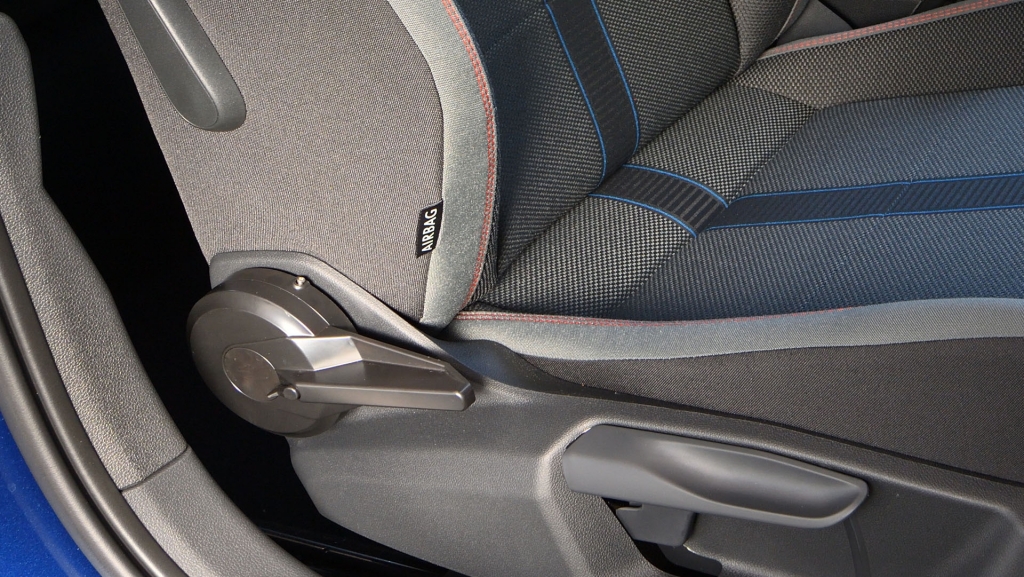Long drives can take a toll on your body if your car seat isn’t properly adjusted. Poor posture and discomfort can lead to back pain, neck strain, and even increased fatigue, making the journey more stressful than it needs to be. Fortunately, with a few simple adjustments, you can optimize your seat position to improve comfort and reduce fatigue. Here’s how to adjust your car seat for a more comfortable and pain-free long drive.
1. Start with the Seat Height
The first thing to check is the height of your seat. You should position the seat so that your hips are slightly higher than your knees. This promotes better circulation in your legs and reduces pressure on your lower back. Additionally, make sure you have a clear view of the road and the dashboard without having to stretch or strain your neck.
To adjust your seat height:
- Raise or lower the seat so that your eyes are about halfway up the windshield.
- Ensure you can see over the dashboard comfortably without hunching over or stretching upwards.
2. Adjust the Seat Distance from the Pedals
Having your seat at the right distance from the pedals is crucial for both comfort and safety. You want to be close enough to press the pedals without fully extending your legs, but not so close that your knees are bent too sharply.
To find the correct distance:
- Sit back in the seat with your back fully against the seatback.
- When pressing the brake or clutch, your knees should remain slightly bent.
- You should be able to reach the pedals comfortably without sliding forward in the seat.
3. Optimize Your Seatback Angle
The angle of your seatback can make or break your comfort on long drives. A seatback that’s too upright can cause you to lean forward, leading to strain in your lower back and neck. On the other hand, reclining too far can make it hard to keep your hands on the wheel and strain your upper back and shoulders.
For the optimal seatback angle:
- Aim for a slight recline, about 100 to 110 degrees.
- Your back should be fully supported by the seat, with no gaps between your lower back and the seatback.
- You should be able to comfortably hold the steering wheel with your shoulders relaxed.
4. Adjust Lumbar Support
Lumbar support is a key factor in reducing lower back pain during long drives. If your car has adjustable lumbar support, make sure it is positioned to match the natural curve of your spine. If your seat lacks built-in lumbar support, consider using a lumbar cushion for extra comfort.
To properly adjust lumbar support:
- Adjust the support so that it fits snugly against the small of your back.
- You should feel slight pressure in your lower back, but it shouldn’t feel uncomfortable or force you to arch your back excessively.
5. Set Your Steering Wheel Position
Your steering wheel should be at a comfortable distance so that you can hold it without fully extending your arms or bending them too much. A good rule of thumb is to keep your elbows slightly bent at around 120 degrees.
To adjust the steering wheel:
- Pull it closer or push it away until your wrists rest comfortably on top of the wheel with your arms outstretched.
- Ensure that you can turn the wheel without having to lift your shoulders or move your back away from the seat.
6. Adjust the Headrest
The headrest is often overlooked, but it plays a crucial role in preventing neck strain. A properly adjusted headrest can reduce fatigue and also provide protection in case of an accident.
For the best position:
- The top of the headrest should be level with the top of your head.
- Your head should be positioned about an inch or two away from the headrest when you’re sitting upright.
7. Use Seat Cushions for Extra Support
If your car seat lacks proper padding or support, consider using additional seat cushions or memory foam pads. Ergonomic seat cushions can provide better support for your hips and lower back, reducing the pressure points that lead to discomfort during long drives.
Look for cushions that provide:
- Extra padding for your tailbone (coccyx) to reduce pressure in the lower spine.
- Lumbar support for maintaining the natural curve of your lower back.
8. Take Breaks and Stretch
Even with the perfect seat adjustment, staying in the same position for long periods can cause stiffness and discomfort. Make it a habit to take breaks every couple of hours, get out of the car, and stretch your legs, back, and arms.
By following these seat adjustment tips, you can reduce fatigue, improve your driving posture, and make those long road trips much more enjoyable. Remember, comfort isn’t just about making your drive easier; it also plays a significant role in ensuring that you stay focused and alert behind the wheel. Happy driving!











Comments